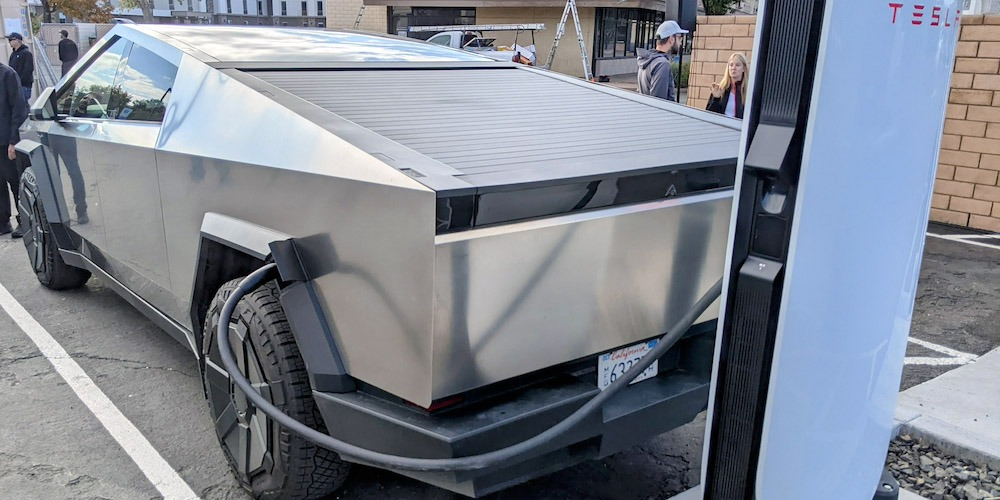In 2023, Tesla unveiled its V4 Superchargers, a leap forward in electric vehicle (EV) infrastructure that promises faster charging times, greater accessibility, and a more sustainable future. As the world steadily shifts towards electric mobility, the evolution of charging technology is crucial. The introduction of V4 Superchargers marks a significant milestone not only for Tesla but for the entire EV industry. In this article, we’ll explore how this innovative technology is changing the landscape of EV infrastructure, what it means for current and future EV owners, and how Tesla is setting new standards for the industry.
The Evolution of Tesla’s Charging Stations
Tesla’s charging network has been pivotal in its success, and the V4 Superchargers represent the latest chapter in this journey. With charging speeds that can potentially reach up to 350 kW, these new stations are a game-changer in reducing charging times drastically. But how did we get here?
From V1 to V4: A Timeline of Innovation
- V1 Superchargers (2012): Tesla’s first Superchargers offered charging speeds of up to 90 kW, setting the standard for long-distance travel with electric vehicles.
-
V2 Superchargers (2016): With a significant upgrade, V2 stations doubled the charging speed to 150 kW, allowing for quicker top-ups.
-
V3 Superchargers (2019): These chargers introduced a 250 kW charging capacity, further reducing wait times and supporting the growing fleet of Tesla vehicles.
-
V4 Superchargers (2023): The latest iteration not only offers up to 350 kW charging speeds but also introduces improvements in energy efficiency and accessibility for non-Tesla EVs.
Key Features of V4 Superchargers
- Enhanced Charging Speeds: Capable of delivering up to 350 kW, enabling a full charge in 15 minutes for some models.
- Universal Accessibility: For the first time, V4 Superchargers are equipped to serve non-Tesla vehicles, broadening their appeal and utility.
- Sustainability: Many V4 stations are powered by renewable energy, aligning with global sustainability goals.
The Impact on EV Owners
Tesla’s V4 Superchargers are not just about speed; they represent a holistic improvement in the EV charging experience. Here’s how they’re making a difference:
Faster Charging, Less Waiting
For EV owners, time is of the essence. With V4 Superchargers, a long road trip no longer requires extended breaks for charging. This advancement is particularly beneficial for:
- Frequent Travelers: Quick charging times mean more time on the road and less time waiting.
- Urban Users: Faster charging can reduce congestion at busy urban charging stations.
Increased Compatibility
Tesla’s decision to make V4 Superchargers compatible with other EV brands is a strategic move that could unify the charging infrastructure. This is an important development because:
- More Options: Non-Tesla owners gain access to one of the most extensive and reliable charging networks.
- Competitive Edge: Tesla sets a precedent that may encourage other manufacturers to follow suit, enhancing the overall EV ecosystem.
Practical Tips for Using V4 Superchargers
To maximize the benefits of V4 Superchargers, EV owners should consider the following tips:
- Plan Your Route: Use Tesla’s in-car navigation to find the nearest V4 Supercharger stations along your route.
-
Optimize Charging Times: Charge during off-peak hours when possible to avoid congestion and potentially lower costs.
-
Stay Informed: Keep your vehicle’s software updated to ensure compatibility with the latest charging technologies.
Where to Find V4 Superchargers
Tesla’s website and mobile app provide real-time information about V4 Supercharger locations. As of late 2023, major urban centers and popular travel corridors in North America and Europe have seen a rollout of these new stations, with expansion plans across Asia and other regions in the coming months.
The Future of EV Infrastructure
Tesla’s V4 Superchargers are a glimpse into the future of EV infrastructure—one that is faster, more inclusive, and environmentally friendly. As charging technology continues to evolve, several trends are likely to shape the industry:
Trends to Watch
- Increased Renewable Energy Integration: Expect more charging stations powered by solar and wind energy.
- Wider Compatibility: More car manufacturers might adopt Tesla’s connector standards, leading to a more unified charging network.
- Smart Charging Solutions: Advances in AI and machine learning could lead to more efficient and predictive charging systems.
As we look forward, it’s clear that Tesla is not just innovating for today but is building the foundation for a sustainable and interconnected future in electric mobility. With V4 Superchargers leading the way, the electric revolution is poised to accelerate faster than ever before.
Conclusion
Tesla’s V4 Superchargers are not merely a technological upgrade but a transformative step in the journey towards a sustainable, electric future. By offering faster charging, broader accessibility, and greener solutions, Tesla is setting a new benchmark in EV infrastructure. As these technologies become more widespread, they will undoubtedly influence global mobility trends and consumer expectations.
Are you ready to experience the future of EV charging with Tesla’s V4 Superchargers? Whether you’re a Tesla owner or drive a different EV brand, the evolution of charging technology promises to make electric driving more convenient and accessible than ever before. Keep an eye on this space as we continue to explore the electrifying world of sustainable transportation.

